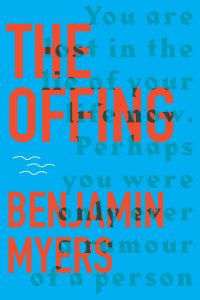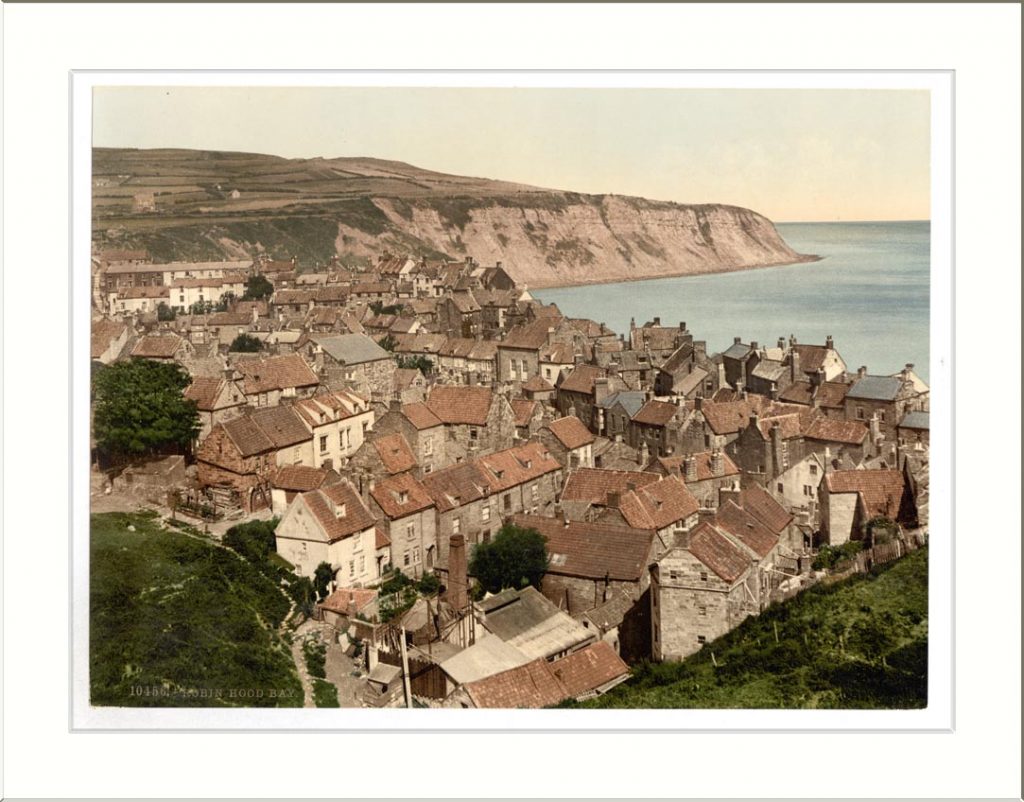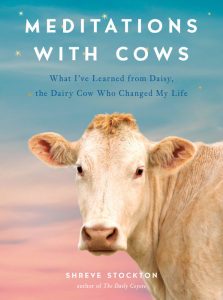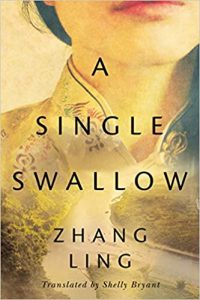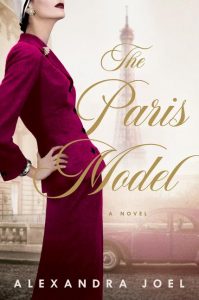
Taking risks to pursue dreams, secrets, and love (rural Australia, Sydney, and Paris; 1922-1951): This splendid, twists-and-turns historical novel shows the power of grit, perseverance, and courage to change the trajectory of one’s life. It assumes “a world without risk is small and safe,” and asks if this is the right path to follow?
So many novels have Paris in the title, some about the fashion world, so we assume we know what this debut is all about. While we’re partly right about the glamour, it’s far more than that because Australian author, Alexandra Joel, tells us she’s “a keen student of art, fashion, history, and politics” and passionate about Paris. Incorporating what she loves, knows, and impressively researches (cited in her informative Author’s Note), The Paris Model has everything you’d want in page-turning suspense fiction against the backdrop of history in the early postwar years when Paris was liberated.
Joel was the editor of two Australian fashion magazines and wrote two books on Australian fashion, and splits her time between Australia and Paris, so she’s adept at writing atmospherically about the “wild beauty” of Australia as well as eloquently evoking the elegance of a European city that wasn’t destroyed during WWII.
The model at the heart of the novel is Grace Woods. Grace is a perfect name for her as she straddles two continents gracefully. Joel, though, didn’t invent her name as the real Grace Woods inspired the novel. The emerald green-eyed beauty turned heads and now turns pages. In the Author’s Notes, Joel shares how her novel came to be, when she was:
“Sipping tea in the fragrant garden of a good friend when, unexpectedly, she began to tell me the extraordinary story of her beautiful model mother, Grace Woods. As soon as I learnt about the mystery surrounding Grace’s birth, the tragedies that engulfed her parents and the astonishing coincidence that provided this beautiful, green-eyed girl with an entirely new identity, I was captivated.”
Grace isn’t the only character whose identity is kept secret.
Another interesting tidbit, from an interview, is that Joel’s mother was a Christian Dior model. Grace’s fictional mother was a fashionista even on the family’s sheep and wheat farm in New South Wales, Sydney its capital.
Grace’s mother’s name Olive isn’t as graceful as hers, perhaps for harboring a secret Grace overhears yet was too young to catch the meaning of, although she has her suspicions. Olive subscribes to fashion magazines Grace pages through, and hired a well-dressed French governess to tutor her daughter in the French language and culture when she was twelve, when the novel begins, instilling Grace with a fashion sense and “dreams of travel and adventure.”
Still, it took an enormous leap for Grace to leave the rural “bush” countryside of “wild beauty” to a “wildly different way of life,” to become a sought out model for the exclusive fashion House of Christian Dior, a demanding role that demanded “perfection.” Or as Joel depicts it, to go from exotic flora, fauna, and animals – kangaroos, wallabies, kookaburras, eucalyptus, and gum, melaleuca, red bottlebrush trees – to “an enchanting world, one that would fit her as perfectly as Cinderella’s glass slipper.”
Of course, nothing is perfect, which you’ll see in Grace’s childhood of losses and young adulthood innocence and despair, which led her to flee to Paris in 1948 at twenty-six with another secret. She arrived with an invitation to work as a “Parisian mannequin” for a fashion designer who “saved Paris fashion.” Later, she takes another leap into romance when she meets a handsome, charismatic man, Phillipe Boyer, a journalist who also has a secret. Which evolves into another leap: into a political spy story. He shows her another side of Paris on the eastern side: slum neighborhoods in Belleville at a time when Communism was rising.
One thing both Australia and Paris call for is the kind of quiet “daring” Grace Woods possessed, learned from a hardworking life gathering up sheep and wheat and enduring tragedies.
The novel opens with a brief Prologue dated 1922. Cryptic, it’s soon followed (page 18) with another hint about the mystery of her identity. Just enough of a clue to keep the reader guessing until it’s resolved much later.
Grace was blessed with a physique that could “show off the most desirable clothes in the world to the richest, most glamorous, and most demanding inhabitants.” Ravishing gowns made with the most extravagant materials that required modeling them with exquisite sophistication, including an ability to “disguise the complexity.” Grace’s early years taught her how to hide complex secrets.
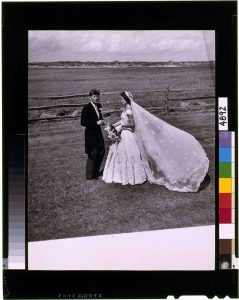
At Dior, she models for celebrities like Princess Margaret, Jackie Bouvier (before she became a Kennedy), the Duchess of Windsor, and the red-headed “Love Goddess,” actress Rita Hayworth who had a traumatic childhood as did Grace. You’ll also be treated to other famous people, such as Pablo Picasso, Albert Camus, Jean-Paul Sartre, Julia Child, and lesser-known Evangeline Bruce, the elegant, finely dressed, socialite wife of the US Ambassador to France back then.
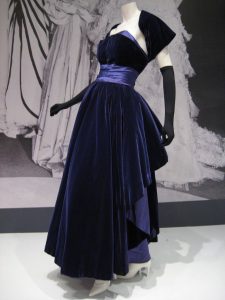
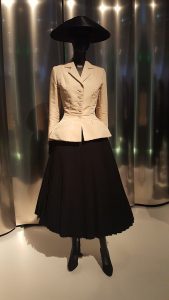
CC BY-SA 4.0, via Wikimedia Commons
When Grace came to Paris she’d self-imposed a protective bubble because of what she’d been through. Eventually, she decides to enter the heady world of Paris’ legendary cafes, nightclubs, bars, and a ball. She’d already been dazzled when she’d left her isolated farm to visit a palatial hotel in Sydney to hear her father’s close friend Sibby play glorious classical music on the piano. Grace adored him; he called her Princess. In Paris, she becomes a fashion princess at Dior who “revolutionized” women’s fashions in the post-war years with the New Look. Dior saw in Grace a “cleaner, brighter outlook compared to that of the ‘tired people’ of Europe.”
During the postwar years, Dior was the “most important courtier alive today,” a statement that reminds us that by this time Coco Chanel had been rumored (and arrested) for being a Nazi spy. His New Look was characterized by “tiny, cinched waists” and “voluminous skirts” using “sinful yards of sumptuous fabrics” coming after five years of rationing, still going on.
Grace Woods experienced the impact of the war on Australia, reflecting the history of Australians helping England during the War.
Imagine what Grace felt like when fitted for an “ice-white ball gown with a tightly fitted satin bodice, a tiny waist, and a skirt composed of an unheard-of-quantity of silk organza and tulle”? With “mother-of-pearls, rhinestone beads, and sequins, each one painstakingly sewn on by hand.” Grace’s sadness lifts, but she doesn’t forget the secrets she carries.
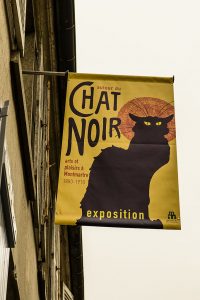
Partaking in some of what Paris offered awed her. Like the Left Bank’s Le Chat Noir, where “a grander type of bohemian” clientele gathered, where artists, philosophers, and authors hung out. That’s where she meets Jacqueline Bouvier who befriends her, perhaps seeing their mutual elegance. Jackie’s appearance gives us a charming picture of the type of woman Grace was.
This is a novel you wish doesn’t end. Thankfully, we can look forward to Joel’s next novel, The Royal Correspondent, when it reaches America’s shores.
Lorraine

